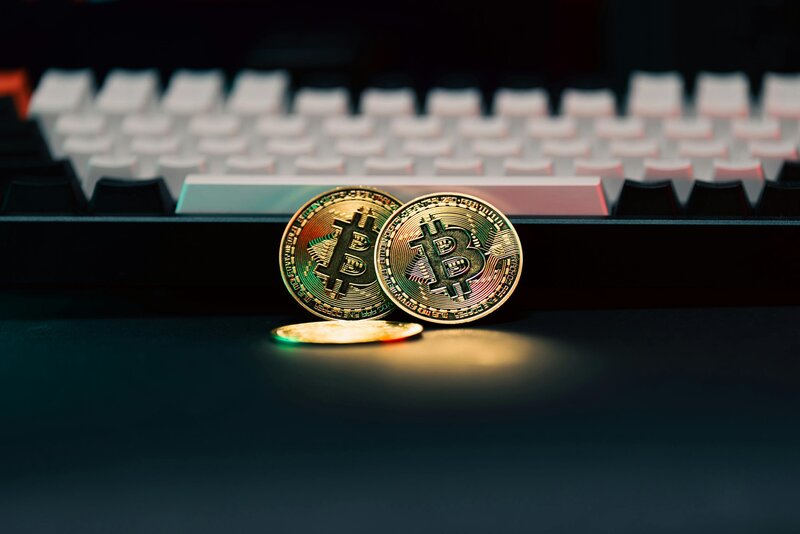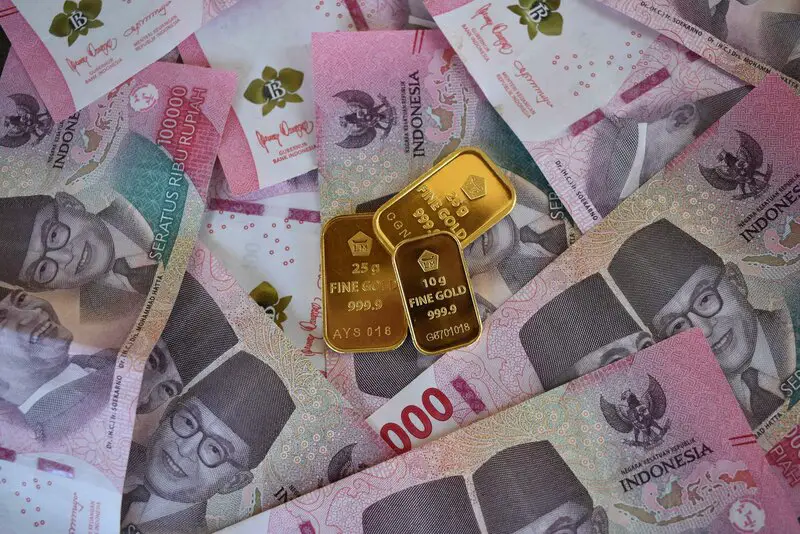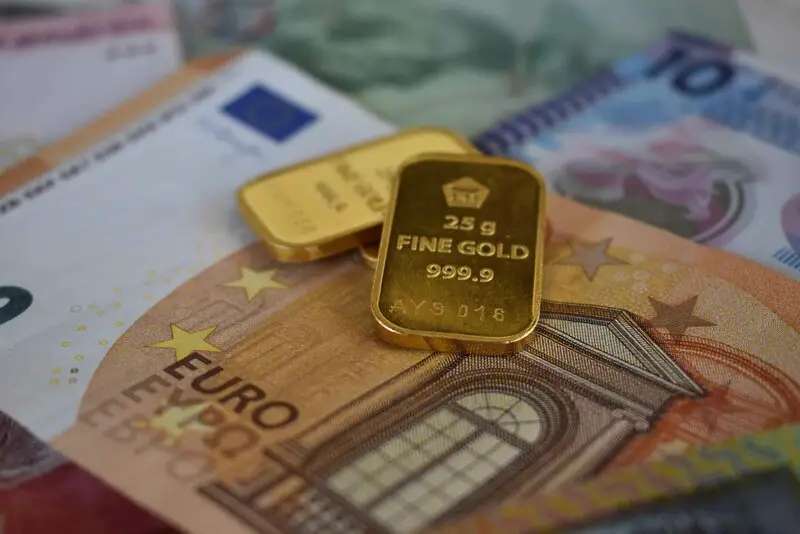In recent years, the rise of cryptocurrency—particularly Bitcoin—has introduced a new player into the world of alternative assets, a space traditionally dominated by gold. Bitcoin has often been dubbed "digital gold," but what does that really mean for the original safe-haven asset? Does cryptocurrency complement or compete with gold? And how is the relationship between the two evolving?
This article explores how cryptocurrencies are influencing the gold market, including investment behaviours, price movements, and the growing conversation around "digital vs. physical" stores of value.
1. Bitcoin: The New "Digital Gold"?
Bitcoin shares many characteristics with gold:
Limited Supply
21 million BTC maximum, just as gold has finite availability
Decentralised
Not government-issued, similar to gold's independence from authorities
Inflation Hedge
Used as protection against inflation and fiat currency devaluation
This has led many investors, particularly younger ones, to view Bitcoin as a modern alternative to gold. During periods of market uncertainty, both assets have seen inflows—although not always in tandem.
2. Price Correlation: Gold vs. Crypto
The correlation between gold and cryptocurrencies is complex and inconsistent.
During Crises:
In some periods of economic uncertainty (e.g. early COVID-19), both gold and Bitcoin saw gains as investors sought safe havens.
During Inflationary Spikes:
Crypto Argument
Enthusiasts argue Bitcoin is superior to gold for inflation hedging due to its absolute supply cap.
Gold Reality
Gold still attracts more institutional capital during inflationary fears because of its historical track record.
Volatility:
| Asset | Volatility Level | Investor Appeal |
|---|---|---|
| Gold | Low - Stable and slow-moving | Ideal for capital preservation |
| Cryptocurrency | High - Highly volatile | Appeals to risk-tolerant investors seeking high upside |
3. Competition for Investor Attention
As cryptocurrencies have become more mainstream, they've attracted capital that may have previously gone into precious metals.
Shifting Demographics:
Younger Investors
Millennials and Gen Z are more comfortable with digital assets than physical ones.
Tech-Forward Future
Many view Bitcoin as more convenient, borderless, and aligned with a tech-forward future.
Institutional Shifts:
Portfolio Allocation Changes
- Some institutional investors now allocate to both gold and crypto in diversified portfolios
- Others, particularly hedge funds, may shift weightings between the two depending on risk appetite and inflation outlook
4. Digital Gold Products: A Hybrid Evolution
The gold market itself has responded to crypto's rise with digitisation efforts:
Tokenised Gold
Products like PAXG and Tether Gold allow investors to buy gold-backed tokens that represent ownership of physical gold stored in vaults.
Digital Gold Apps
Gold ETFs and apps now offer fractional ownership, mimicking the ease of buying crypto.
Market Evolution
This digitisation trend blurs the lines between physical gold and crypto assets, making gold more accessible but also reshaping investor expectations around liquidity and portability.
5. Impact on Gold Prices
While it's difficult to draw direct causal links, several influences are observable:
Short-term Diversion
Some capital has likely flowed away from gold and into crypto, reducing short-term gold demand during crypto bull runs.
Sentiment Shift
The narrative of Bitcoin as "digital gold" may weaken gold's dominance as the go-to hedge in speculative markets.
Long-Term Resilience
Despite the crypto boom, gold remains a core asset for central banks, conservative investors, and during geopolitical crises.
6. Gold vs. Crypto: Pros and Cons for Investors
| Feature | Gold | Cryptocurrency |
|---|---|---|
| History | Thousands of years | ~15 years |
| Volatility | Low | High |
| Tangibility | Physical asset | Digital only |
| Inflation hedge | Proven | Theoretical (but promising) |
| Storage | Requires vault/safe | Requires digital wallet |
| Regulation | Globally recognised | Unclear in many regions |
| Counterparty risk | Minimal if physical | High (exchanges, hacks) |
7. Can Gold and Crypto Coexist?
Yes—and many investors are beginning to think that way. Gold and cryptocurrency each play unique roles:
Gold's Role
- Long-term wealth preservation
- Geopolitical hedging
- Portfolio stability
Crypto's Role
- Growth potential
- Speculation opportunities
- Diversification
- Exposure to emerging financial systems
Strategic Approach
The savvy investor might hold both, using gold as a foundation and crypto as a high-risk/high-reward satellite.
Final Thoughts
Cryptocurrency has undoubtedly reshaped the way investors think about value, decentralisation, and inflation hedging. While it hasn't dethroned gold, it's added a layer of complexity and competition to the landscape of alternative investments.




